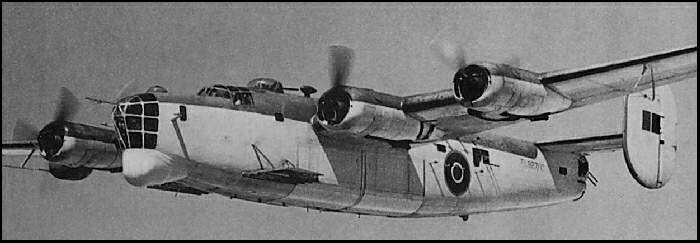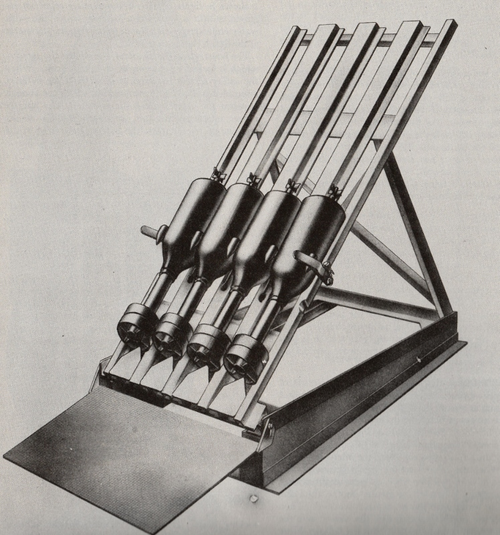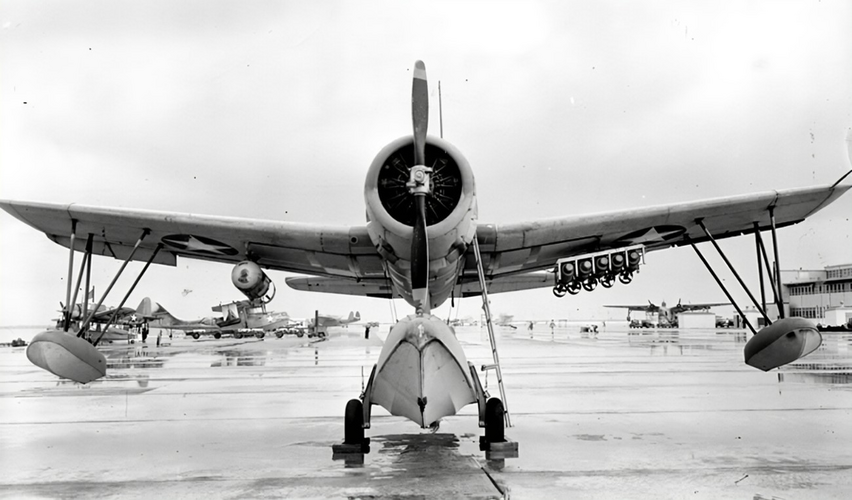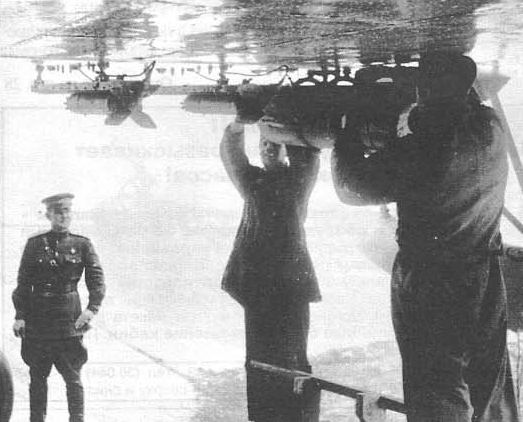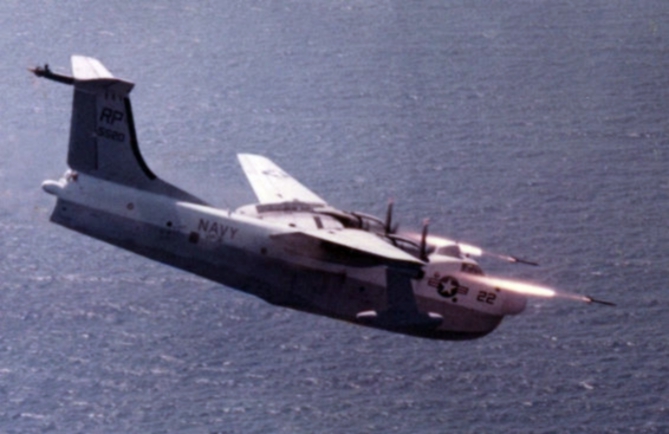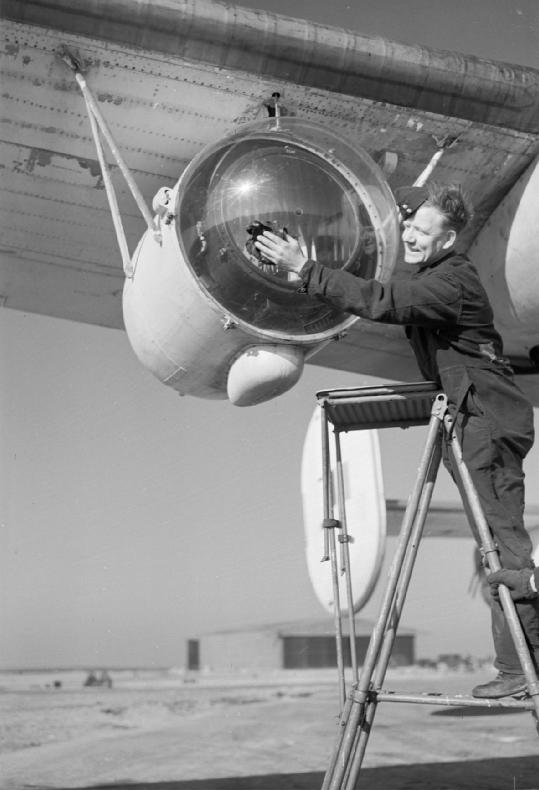I suspect the reason the US didn't bother with rockets on flying boats was they were impractical for the mission these aircraft were generally carrying out. You have to get close to your target to use rockets and flying boats were rarely being used as attack aircraft. Sure, radar equipped Catalina sometimes did nighttime torpedo attacks, but this is more practical. You don't need to visually see your target to aim a torpedo at something the size of a ship in darkness while you are pretty well protected from return AA fire that can't be accurately aimed in the dark.
The main target of British RP-3 equipped Coastal Command aircraft were surfaced submarines... it was safer than trying to overfly them to drop bombs (at least until they submerged - at which point one could depth-charge them safely).
The also used the RP-3 against ships (25lb solid AP warheads would arc under the water to produce below-waterline hits that could sink a lot of smaller or civilian ships)... but I believe that was a relatively minor use compared to anti-submarine work.

